“Citadel” is an effectively unnerving horror film that confronts the socioeconomic divide but makes monsters out of the disenfranchised.
As the Covid-19 pandemic worsened economic and cultural divides, big cities became battlegrounds in the public imagination. Increases in crime and general bad behavior, along with a growing homelessness crisis, gave right-wing pundits all the ammo they needed to declare left-leaning cities as failures of Liberal leadership, further demonizing already vulnerable groups and galvanizing racial and cultural animus.
Suddenly, people who had never even set foot in New York or Chicago had opinions on how those cities were being run.
Living in Chicago during the worst of the pandemic, I saw firsthand how times of crisis bring out the worst in people but also the best. For every carjacking or robbery, there was a community taking care of its own, providing aid to those who needed it most, creating moments of togetherness at a time of extreme isolation. Often, when institutions failed to step up, neighbors stepped in to fill the gap, but you’d be unlikely to hear that from a politician wanting to score cheap political points.
Ciarán Foy’s 2012 film Citadel was obviously made long before the pandemic. Still, it came in the wake of a different economic crisis: the global recession that technically ended in 2009 but whose effects continued to be felt for years after.
That it still feels relevant over a decade later speaks to the fact that we’ve seen enough “once-in-a-generation” disasters for a few lifetimes at this point.
Citadel is considered an example of “hoodie horror,” a particularly UK-based subgenre that uses the image of hoodie-clad urban youths as a vehicle for scares through the lens of economic anxieties.
It’s a world made up of crumbling, graffiti-covered housing estates, run mostly by indifferent bureaucrats, with very little beauty to be found.
It’s from this world that young couple Tommy (Aneurin Barnard) and Joanne (Amy Shiels) are just about to escape, set to move out of their dilapidated housing project to raise their soon-to-be-born daughter Elsa. But as Tommy takes the malfunctioning elevator down to their rental car, a group of aforementioned hoodie-wearing goons move in to attack Joanne, leaving her bloodied and with a needle sticking out of her pregnant belly.
Fast forward nine months, and Tommy is essentially a single dad with a nasty case of agoraphobia after the attack that left Joanne comatose and later taken off life support. At her funeral, he’s approached by a gruff priest (James Cosmo), who warns him that “they’ll” be coming back for his child.
You can probably guess how things go from there.
As you may be able to tell from that synopsis, Citadel is a pretty grim movie. Tim Fleming’s cinematography is relentlessly gray and dingy, and there’s little joy and even less kindness, save for Marie (Wunmi Mosaku, who would later star in His House, another movie that finds the horror in public housing), a hospice nurse who takes an interest in Tommy and Elsa’s well-being.
Hoodie horror is a difficult subgenre in some ways, mainly because it risks making those at the bottom of the socioeconomic ladder into nameless boogeymen, mining fear from genuine struggle and the failures of a system that leaves them behind.
Citadel attempts to have its cake and eat it, too, asking us to fear these violent urchins while also making us aware of the underlying issues that create them.
It’s a tough balance to strike, and the movie doesn’t always quite manage it; at the end of the day, we’re meant to be creeped out by these creatures. As the priest tells Tommy, it’s best not to think of them as human.
What makes it all more complicated is that Citadel is a pretty effective piece of horror filmmaking, and its antagonists are, at times, quite scary.
They’re frequently shot through windows or reflections, further emphasizing their inhuman nature, and one whose voice mimics the sound of a crying baby is particularly skin-crawling.
The movie eventually offers a sort of explanation that tries to further distance itself from feeling exploitative. Still, it’s hard to know if it’s ultimately trying to comment on the dehumanization of poor people or participating in it.
Foy has said in interviews that he was the victim of a random attack by hoodie-wearing youths that left him agoraphobic, so he’s working at least partially from personal experience.
Regardless, Citadel seemed to do pretty well for Foy, who went on to have a shot at the mainstream, directing the poorly-received Sinister 2 and episodes of The Haunting of Bly Manor and Sweet Tooth. He’s clearly got chops, and hopefully he’ll get another chance at Hollywood glory before too long.
The horror genre has always turned society’s deepest fears into monsters, all the better to confront them. In a sense, Citadel is just a new version of that.
But I can’t help but wish that, in mining an all too real economic crisis for terror, the film didn’t make villains of the victims.


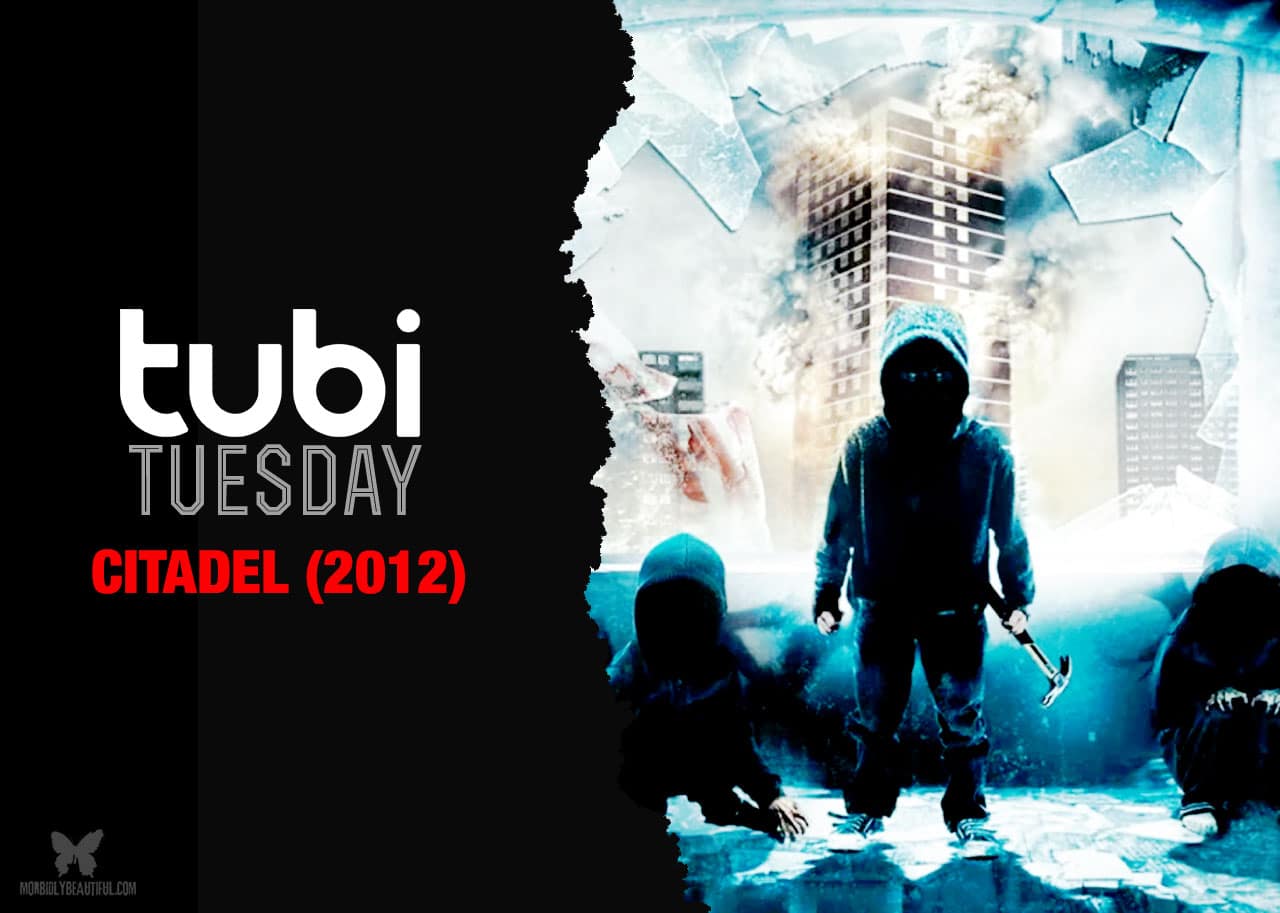
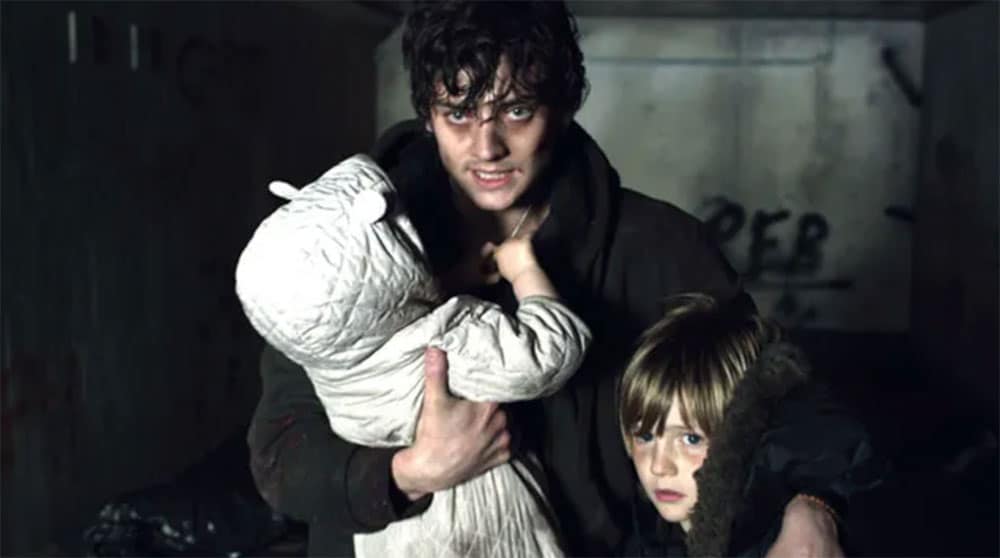
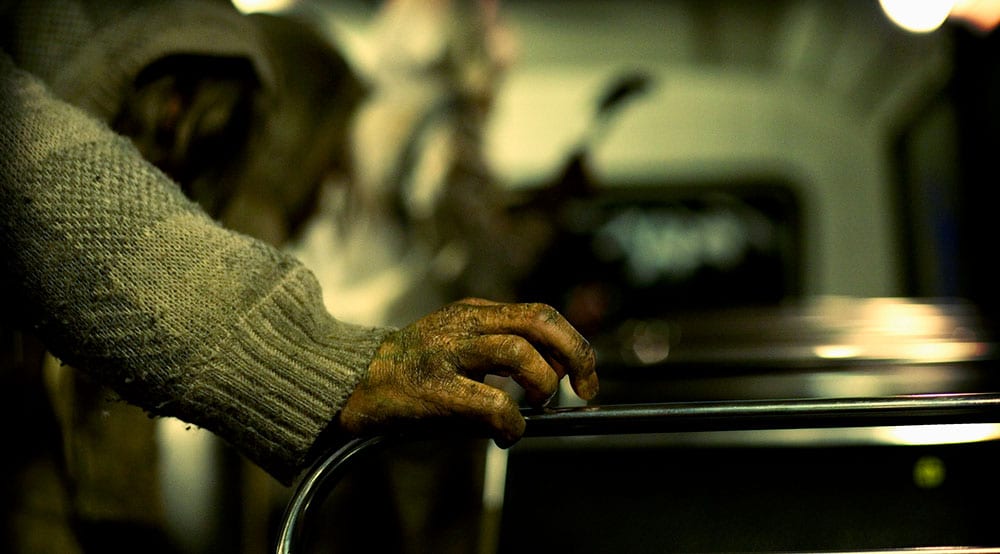
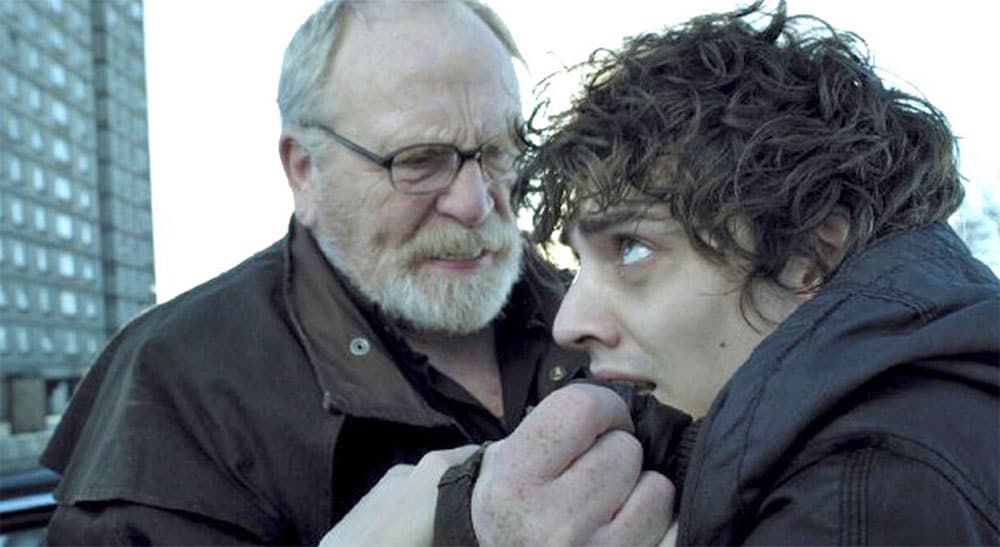
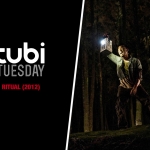
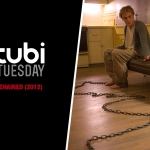
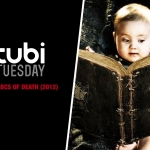








Follow Us!